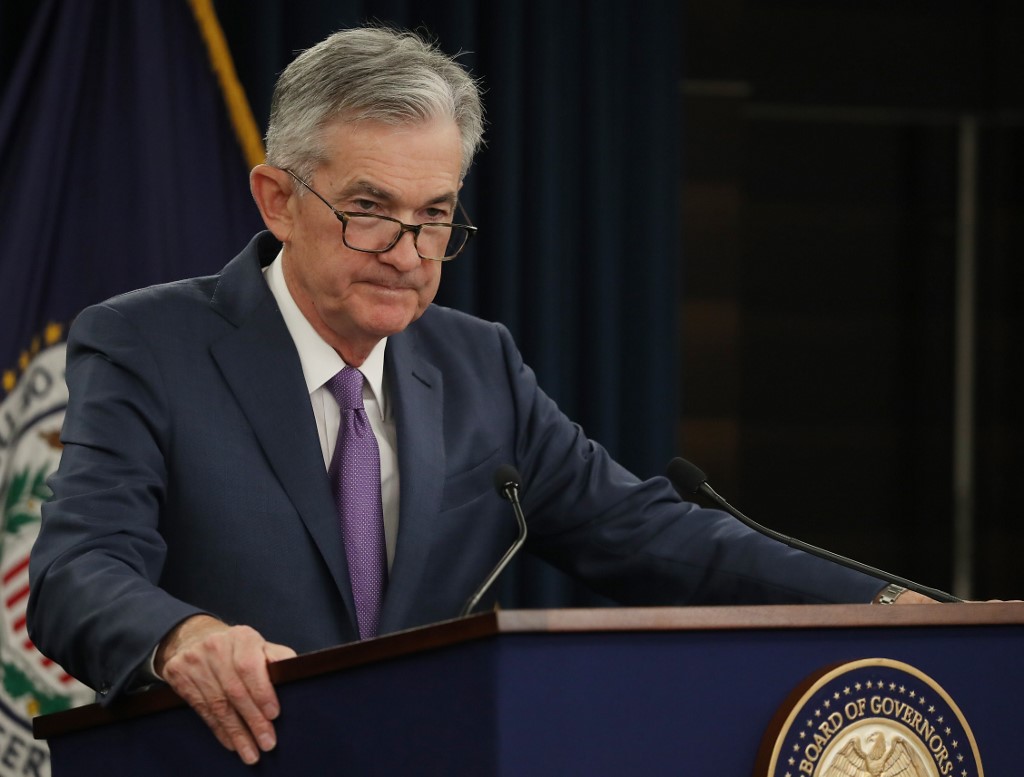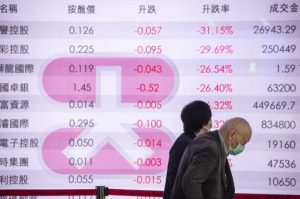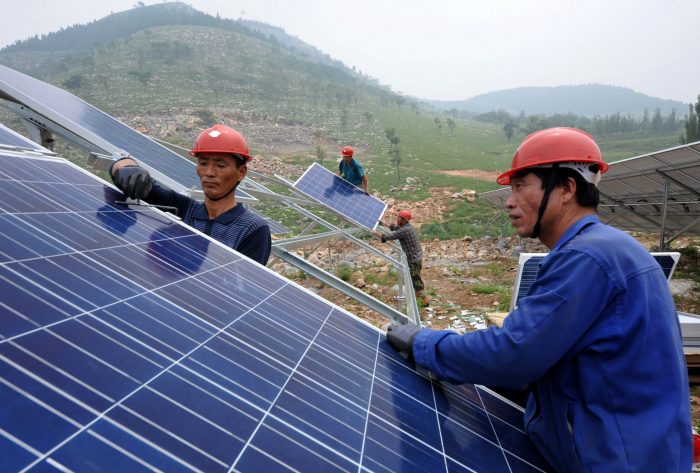(ATF) In the eye of last year’s financial market storm, the entire US yield curve sank below 1%. This was unprecedented, like so many consequences of the Covid pandemic. In March, the global demand for money was insatiable as central banks, led by the US Fed, flooded the financial system with money at a speed of deployment and scale that exceeded the Global Financial Crisis (GFC) over 10 years earlier.
In 2008, many analysts and market commentators predicted that the consequence of such central bank intervention would come at a cost – a rise in inflation that would erode the value of savings and cause economic instability.
But these prophecies were proven wrong. What the global economy endured – particularly developed economies – was a prolonged period of financial repression. The amount of spare capacity in the global economy following the GFC and the fall in the price of goods, partly as a result of China’s massive over-investment program to offset set the effects of the GFC on trade, kept interest rates low and inflation at bay. In Europe bond yields fell below zero and banks charged for deposits. Moreover, central banks struggled with the consequences of deflation rather than inflation, as central banks serially missed their inflation targets.
Approaching a year on from the 2020 nadir in US interest rates, pundits are again calling for a rise in inflation as many did following the GFC. Markets have begun to respond in anticipation, with break-even interest rates on US inflation-protected bonds indicating an expectation for inflation to exceed its 2% target. This aligns well with the Fed’s change in approach announced last year when it explained that it will tolerate periods of elevated inflation above the target level and is focused instead on an average inflation rate rather than a peak. In this way, periods when inflation falls below target can be compensated by periods when inflation is above the target, giving policymakers greater flexibility as the economy moves beyond the pandemic crisis.
REFLATION VS DEFLATION
At that time, last March, markets were in panic. It was a bipolar world with the economy poised to either suffer a period of deflation and prolonged low interest rates, or the global economy would recover and move through a period of mild reflation. The odds on these two scenarios changed dynamically because last year saw rapid progress on vaccine development and the extent of structural economic damage. Poised at the beginning of 2021, the odds are greatly in favour of reflation with strong underlying confidence in the economic recovery.
The outlook for long-term interest rates is now vastly different from last March. 30-year US Treasury bonds are now trading at a yield around 2% and are expected to peak this year at something close to 2.5% before settling a little lower before year-end. This is a far cry from the doomsday scenario investors were facing last year when it dropped below 1%. At such low levels, all financial institutions are subject to extreme pressure.
Inflation expectations are likely to be somewhat volatile during the first half of this year. Data releases will exhibit the so-called base effect, making it harder to identify a trend. Hence rates will peak before stabilizing.
But is there now an argument for higher and more volatile prices and inflation that would cause a change in Fed policy, and put the recovery at risk?
FACTORS THAT CAUSE INFLATION
There are several factors that need to be considered. These include the outlook for commodities, consumer demand, the supply of goods and services, as well as potential changes to the money supply. Each of these factors interact with each other and hence make inflation forecasting tricky.
At face value, commodity prices suggest higher inflation. Oil is above US$60 per barrel and many commodities have been on a tear. But this price action can be explained and placed in a broader context. Commodity prices are up about 40% since last March when prices slumped, and the global economy fell off a cliff. Demand has since recovered and is proving price inelastic, following the previous 10 years of under-investment. The shift to ESG business models and the need to ‘green’ economies is anticipating a demand surge in those commodities involved in the production of batteries. These include copper, nickel, and cobalt, but are not indicative of a general and continued increase across all commodities.
Forecast demand pick-up has pushed the oil price above US$60 per barrel but it is unlikely to sustain at higher levels. The OPEC cartel will be expected to relax its production limits, and despite intense rationalisation within the US shale industry, further price rises will cause those that remain to return to the market and so contain prices.
Food price rises during the worst of the pandemic have now abated after hitting a six-year high. The effects of these rises will continue to influence published inflation data through the coming months, exacerbated by supply-side bottlenecks and government buying. However, grain stocks are now elevated and record production of both wheat and rice is expected this year. Hence food-based inflation will prove a false flag as the mid-year approaches.
Forecasters will need to look beyond the price action in the commodity markets to build the case for sustainably higher inflation, particularly in an environment of dollar weakness.
MONEY SUPPLY AND THE INTERVENTION AFTERMATH
The case for higher inflation after the GFC rested on central bank intervention and the increase in money supply. Although this proved incorrect, the case after the pandemic is stronger given the scale and speed of intervention.
Over the full year of 2020 money supply expanded by almost 40%, although moderated to only 11% for the past 6 months. Demand for money has also dropped since the peak of the crisis with companies and individuals more confident that they can access cash given central bank market intervention and government support.
Household borrowing in the US is now at its lowest in decades, while short-term interest rates remain anchored at zero and credit growth has been unimpeded by deleveraging.
After taking account of rising equity prices, and assuming that there will not be a significant fall in the stock market, corporate debt levels are relatively low. This suggests that despite the increase in money supply, the demand for credit will be forthcoming and bank balance sheets remain strong and well positioned to provide credit.
Although government debt has ballooned; it is unlikely to recede anytime soon. Latest estimates are for US government debt to increase from the current levels of 100% of GDP to 150% by 2040.
Overall, monetary conditions suggest a modest pick-up in inflation with supply and demand imbalances not over-extended.
And finally, consumer demand should continue to recover. The price of services is now down to pre-2010 levels, with prices of goods up at similar levels. A reasonable assumption is that the demand for services as the economy emerges from the pandemic will compensate for any softness in the price of goods.
AVOID THE TANTRUMS
On balance these conditions argue for a modest inflation increase, allowing the level to go beyond the Fed’s 2% target but remain consistent with the on average policy. As such, both real and nominal interest rates will increase as the curve steepens further.
A key assumption is that the ‘taper tantrum’ of 2013 serves as a lesson on how to communicate the future path of rates and any change in monetary approach while recognizing the global impact.
Under such conditions, risk assets – including equities – remain attractive while government bonds continue to be out of favour.
# Dr Mark Konyn is Group Chief Investment Officer at AIA.
























